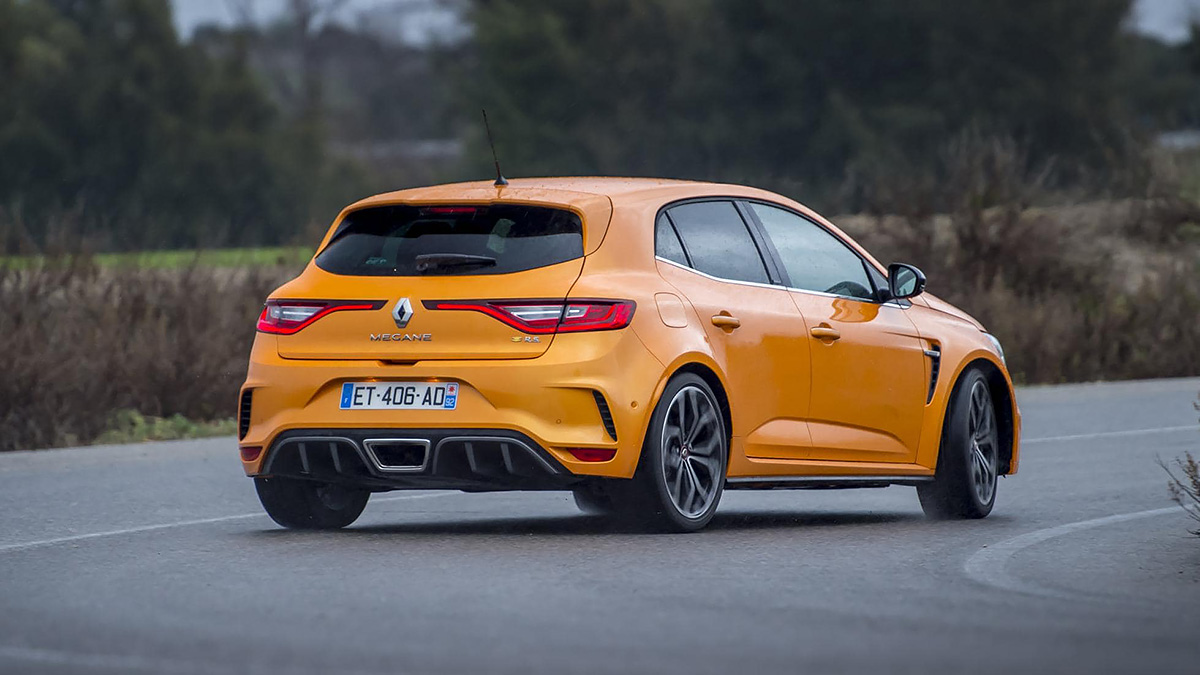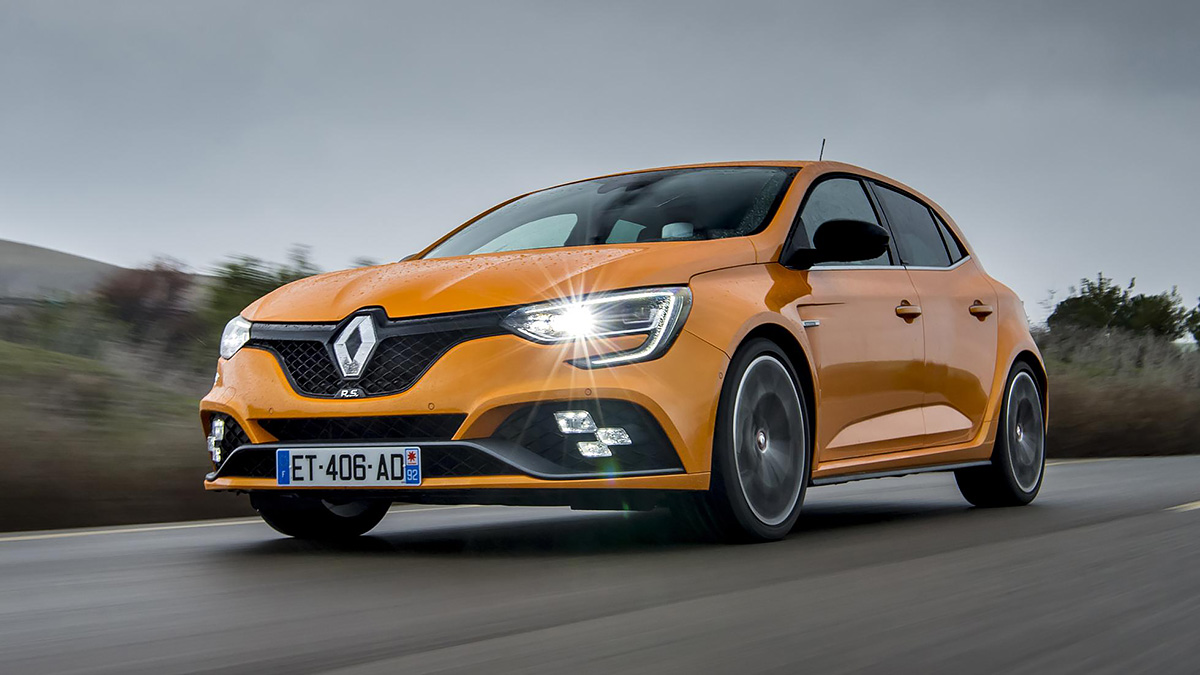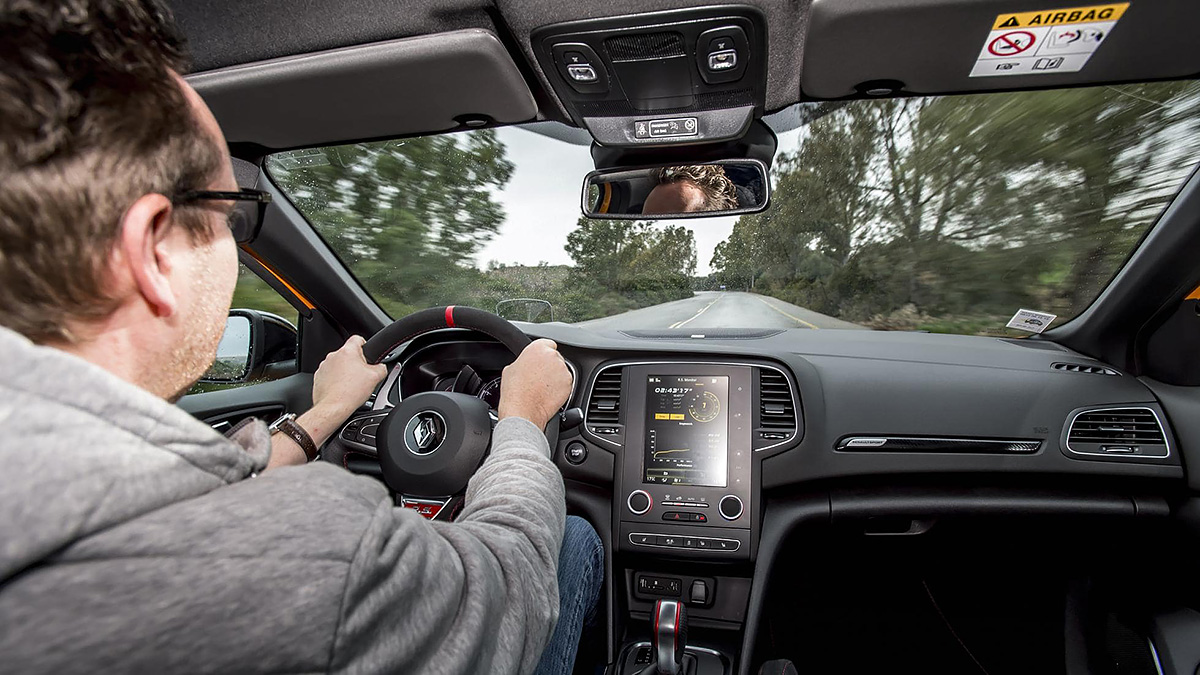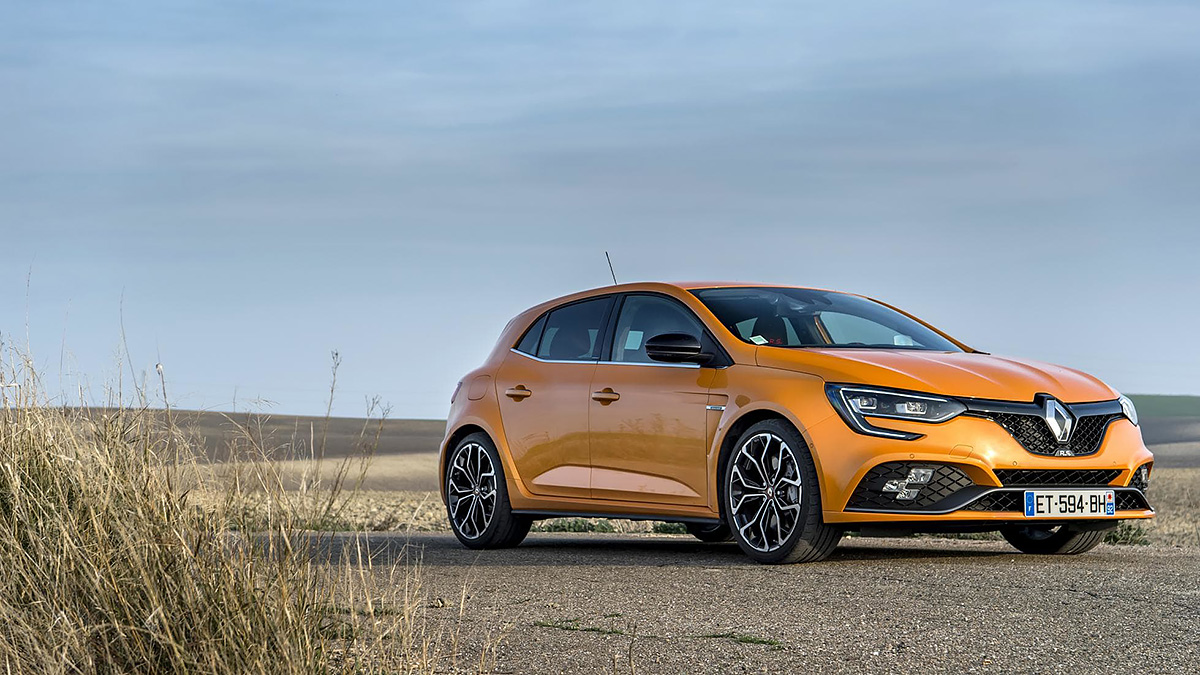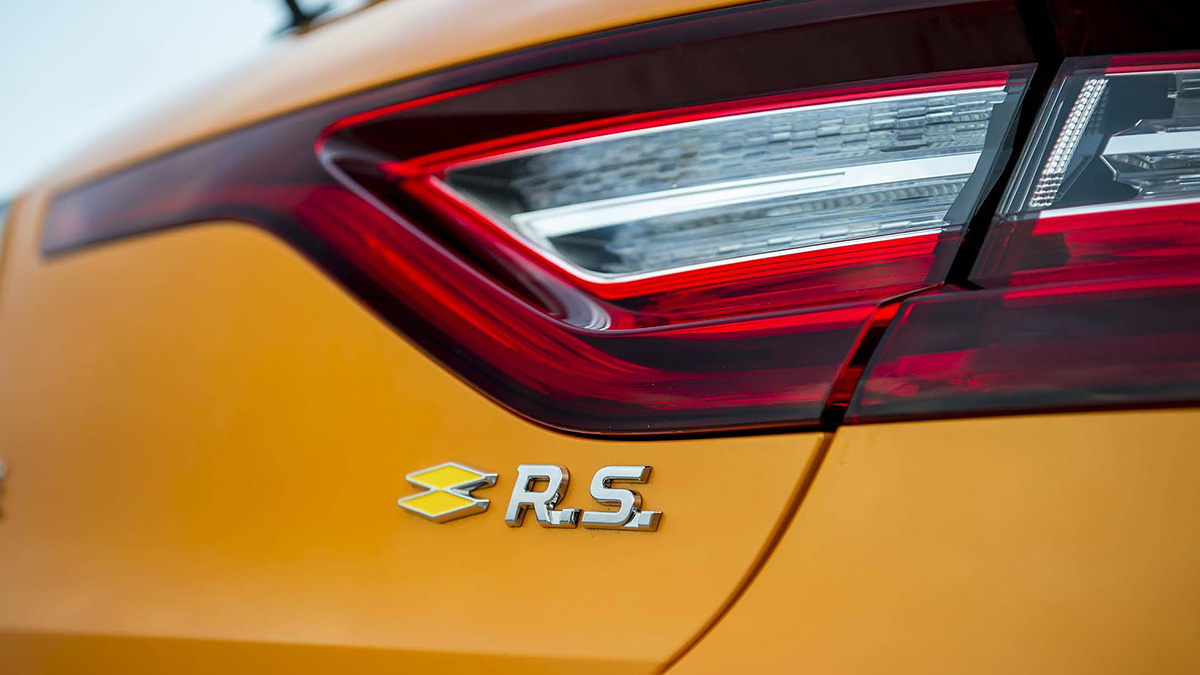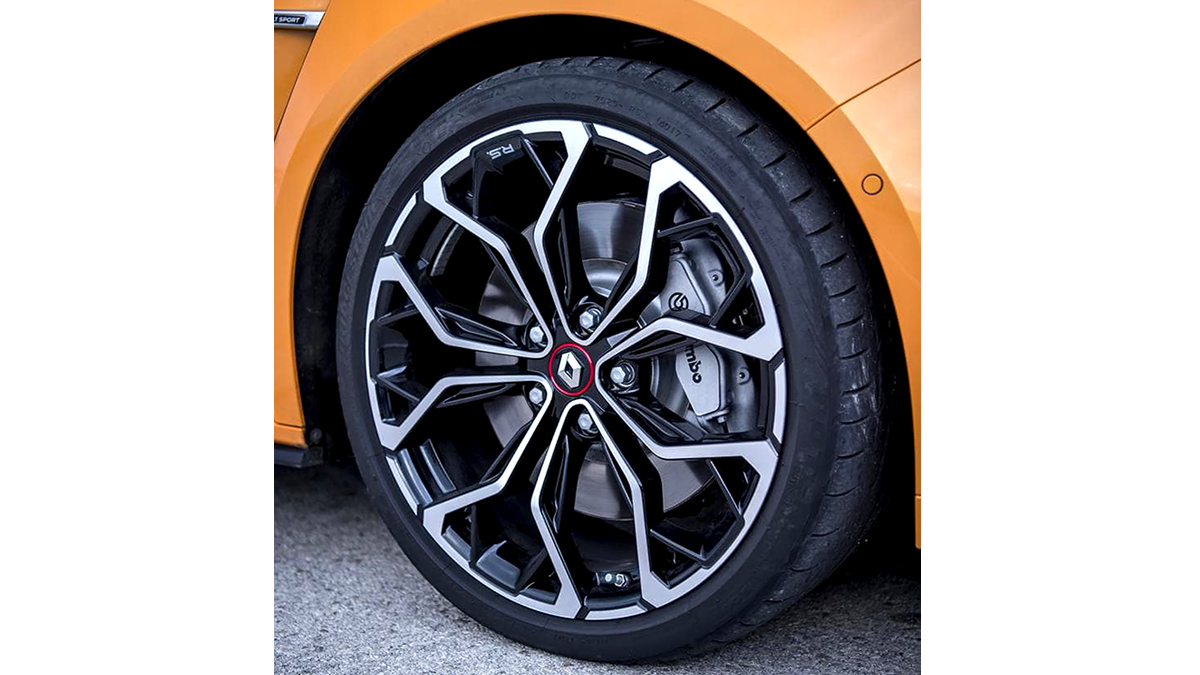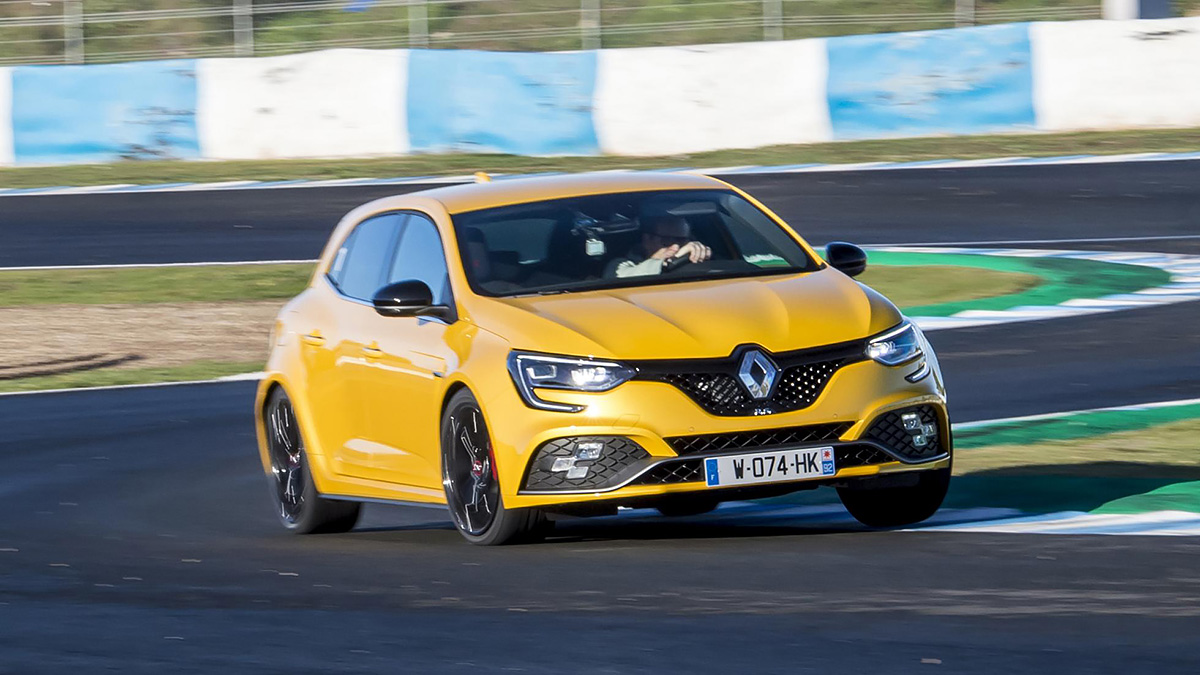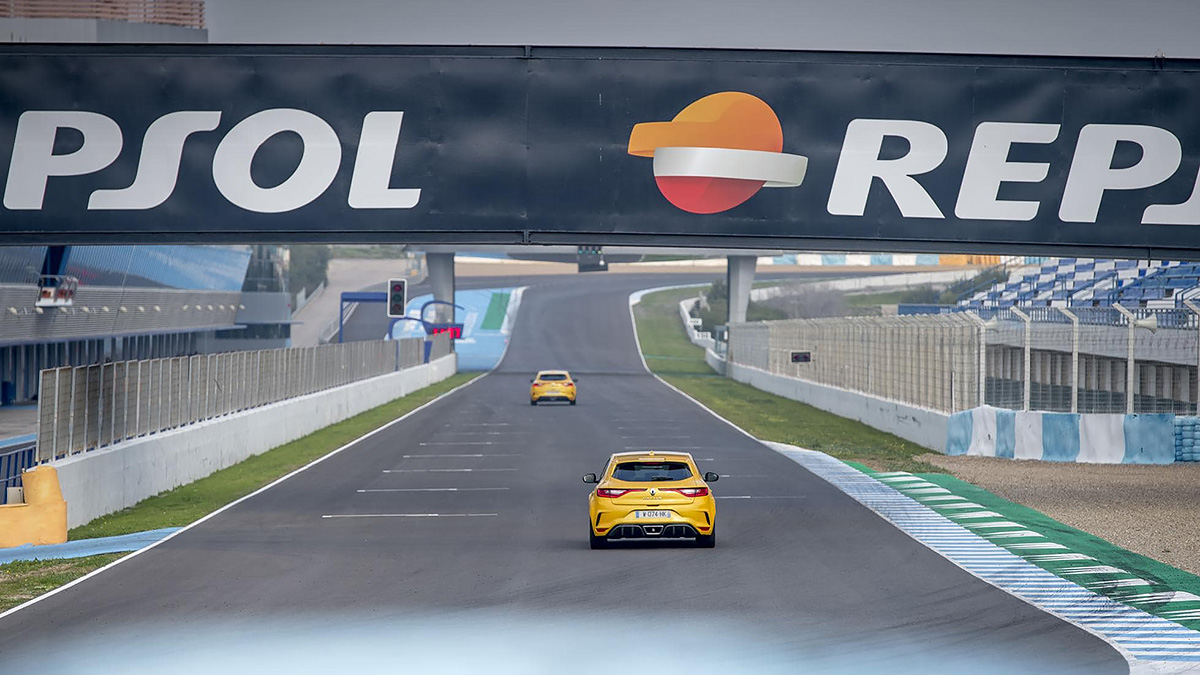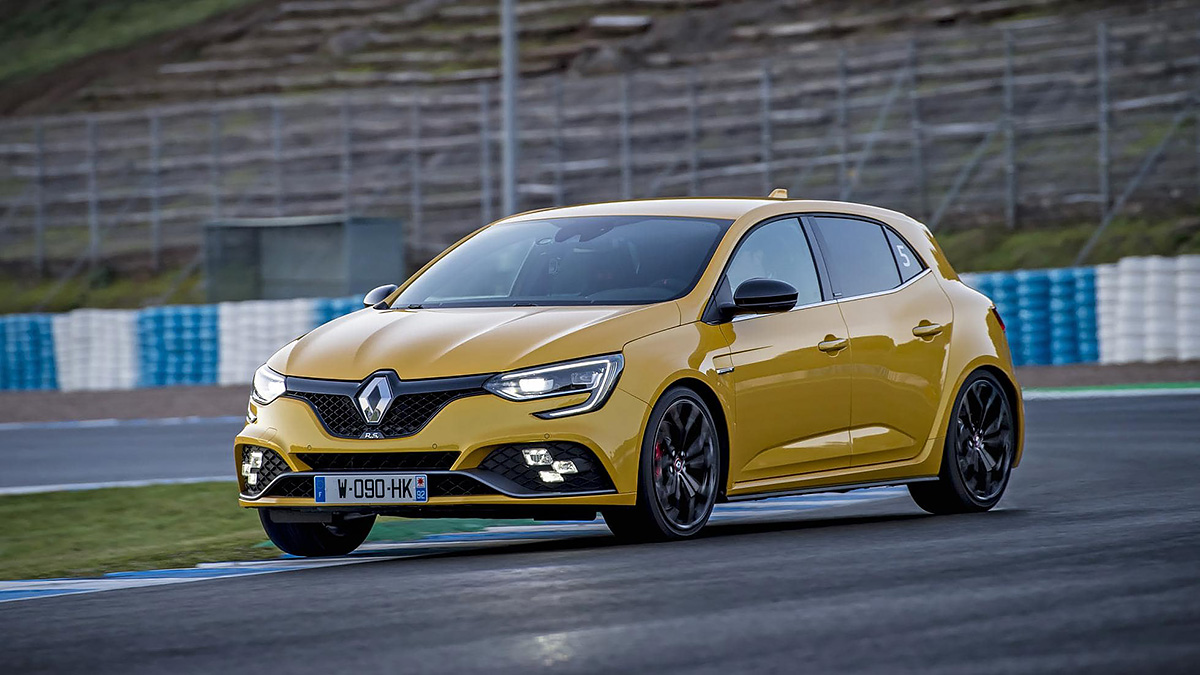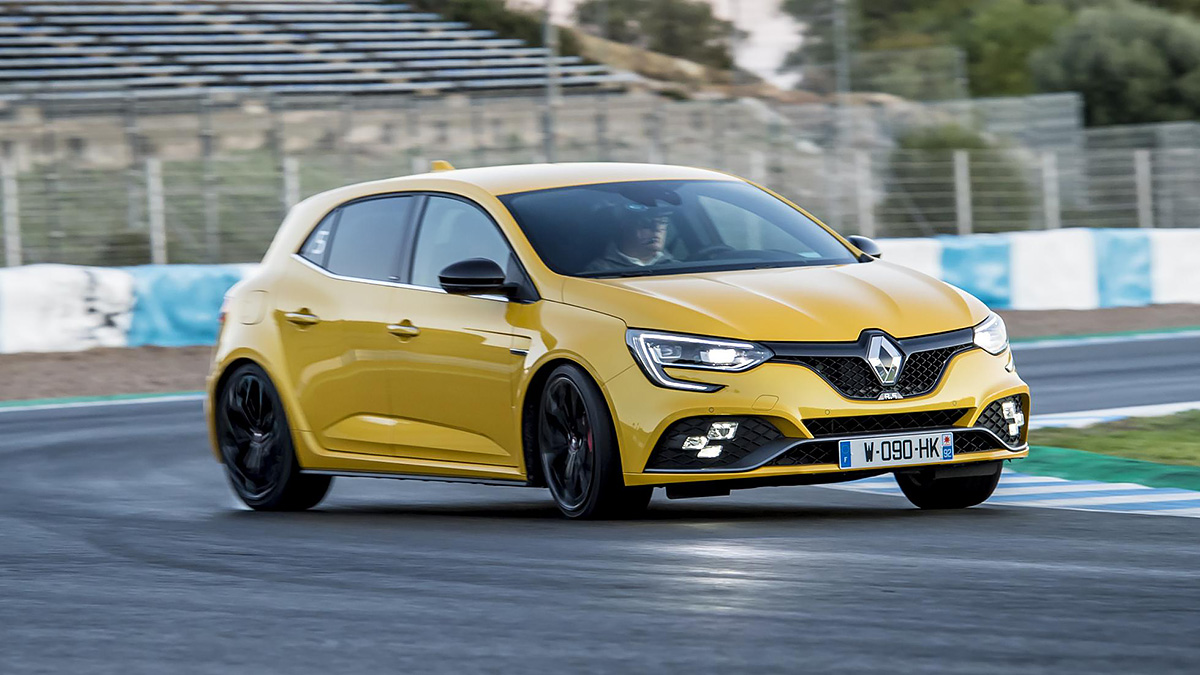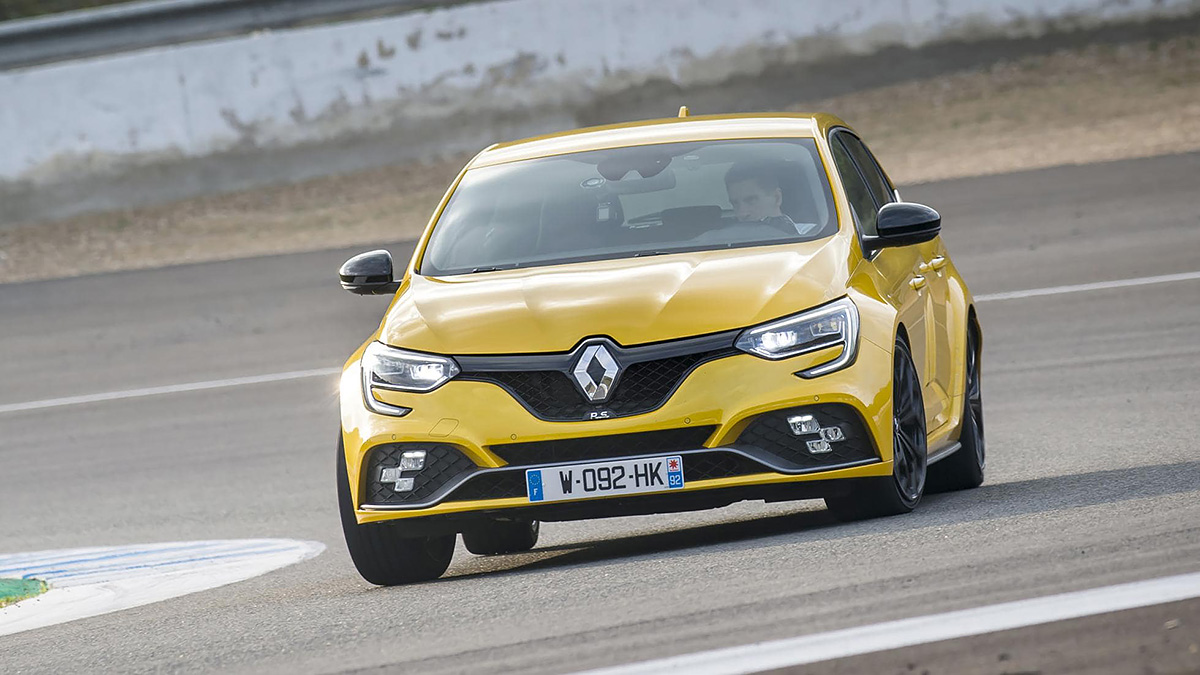Renault Megane RS review: can it tackle the Type R?

Ah, the first big new car of 2018.
You could say that. We hardly need to flag up the significance of a hot new Renault, not least as a counterpoint to an industry-wide obsession with cars that a) don’t have proper engines and b) drive themselves.
There’s extra context here, too, amid the need for some brand salvation: RenaultSport fumbled the latest Clio 200, and doesn’t want to perform the same reverse magic trick with the Megane RS.
It’s a special car, isn’t it?
Yes, and believe it or not, it’s been around for 15 years, the two previous generations spawning various era-defining special editions that genuinely re-set our expectations when it came to (relatively) affordable fast cars.
In particular, think 2008’s Megane R26.R and 2014’s Megane 275 Trophy R. That last one set a new record round the Nürburgring – 7mins 54.36 seconds – until the latest Honda Civic Type R snaffled it by more than 10 seconds. On naughty tyres, we should add.
The Type-R. A formidable opponent.
It is, and Top Gear’s reigning car of the year. When we drove it last year at the Lausitzring in Germany, it was clear from one moderately hot lap that it had banished the memory of its unruly predecessor and upped the ante in a very major way. Even in what no-one is calling The Hot Hatch’s Second Great Golden Era.
The Ford Focus RS, VW Golf R, Mercedes-AMG A45, Peugeot 308 GTI, Seat Leon Cupra R and newbie Hyundai i30N have swollen the ranks to a level unseen since the genre’s 1980s heyday when you could buy a turbocharged Daihatsu Charade (ask your parents, kids).
Check this out: in 2012, 25,300 hot hatches were sold in Europe, a figure that had leapt to 106,500 by 2017. These things really are hot again, although the UK is ranked fifth behind France, Germany, Australia and Japan when it comes to Megane RS sales numbers.
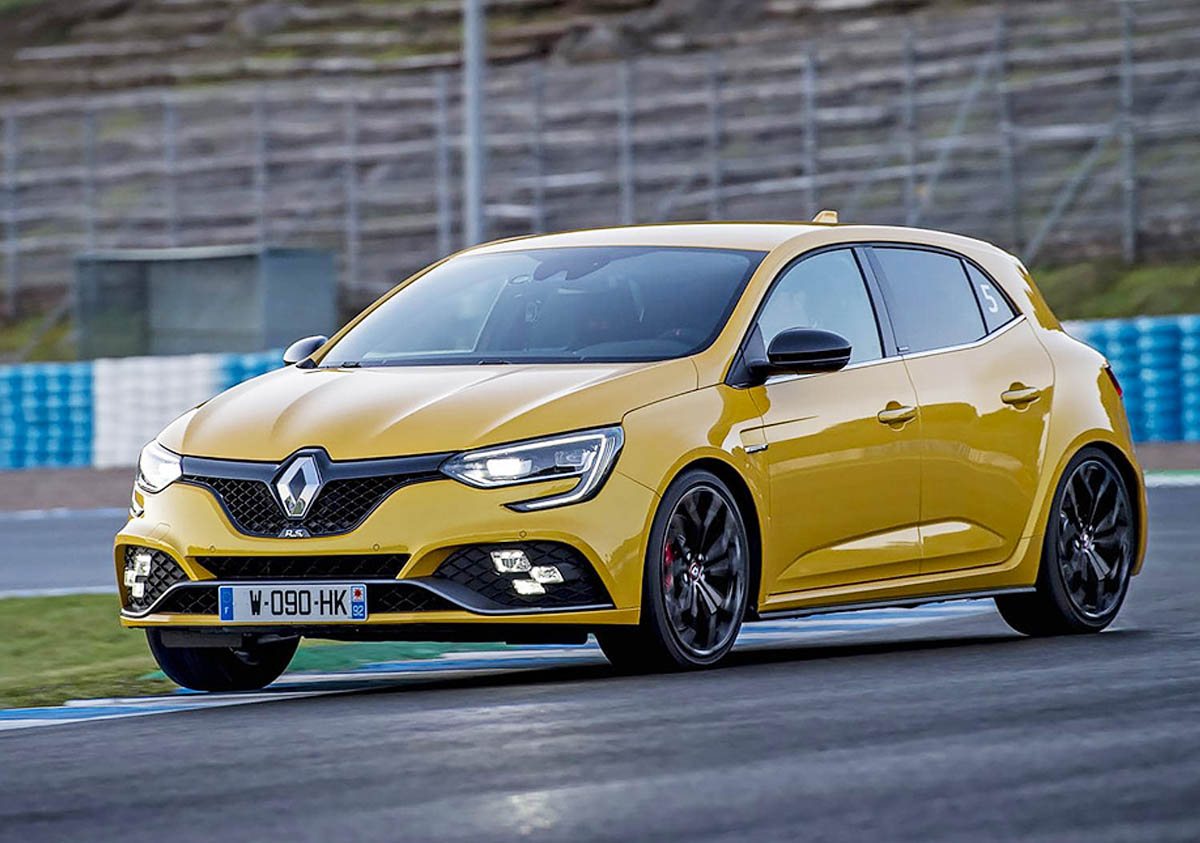
Thanks for the marketing background. Is the new one any good?
Sorry. Yes, very good indeed. But it’s complicated. For a car with such a defined mission statement, the Megane RS is, as Keith Richards once said about Mick Jagger, a lovely bunch of guys.
You can choose between a Sport or Cup chassis, and a six-speed manual or dual-shift EDC gearbox, although the motive power is supplied by a reworked version of the group’s direct injection and turbocharged 1.8-litre engine, good for 277bhp and more pertinently 390Nm, whichever configuration you go for.
Emissions have been cut by 11 per cent to 155g/km of CO2 on the smallest wheels, fuel consumption by eight per cent for a best combined average of 40.9mpg.
The Megane RS also uses Renault’s 4Control four-wheel steering to enhance cornering agility – the rear wheels point in the same direction as the fronts up to one degree at higher speeds, in the opposite direction up to 2.7 degrees at lower speeds. Then there’s PerfoHub (similar to the Focus RS’s RevoKnuckle) to separate and optimise steering and front-end suspension geometry, and hydraulic bump stops on all four corners. The Cup car also gains a Torsen mechanical limited-slip diff.
That’s some trick stuff, right there. So how does it feel?
We’re in Spain, with time on the Jerez circuit to come. But first, four hours on some of the most magnificent, and magnificently challenging, roads in southern Europe.
Its ride quality is one of its stand-out features. Renault wanted a car for all seasons, and the RS feels very grown-up at normal speeds. There’s no question those hydraulic bump stops – a secondary piston inside dissipates the energy before it registers with the wheel – help the RS’s rebound characteristics, overall comfort levels, and its ability to shirk off surface disruptions at high speed.
Factor in that active rear axle, and this thing can generate very high cornering loads: to paraphrase Samuel Johnson, the person who gets tired of the way the Megane RS turns into a corner is a person who’s tired of life…
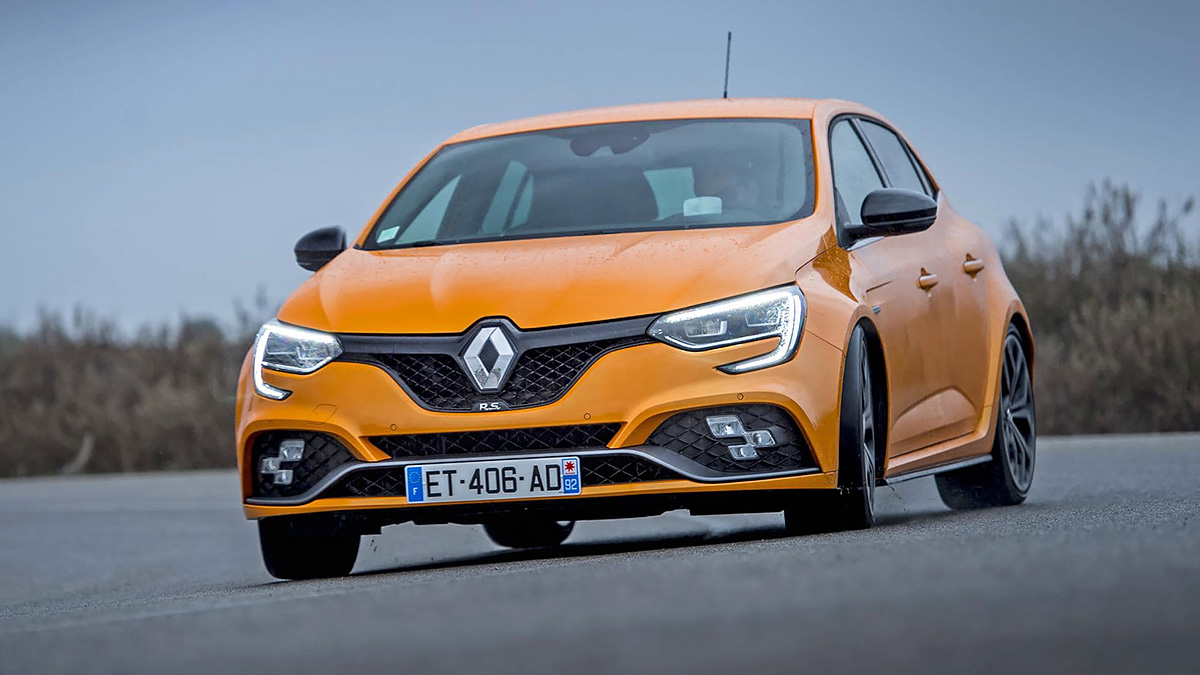
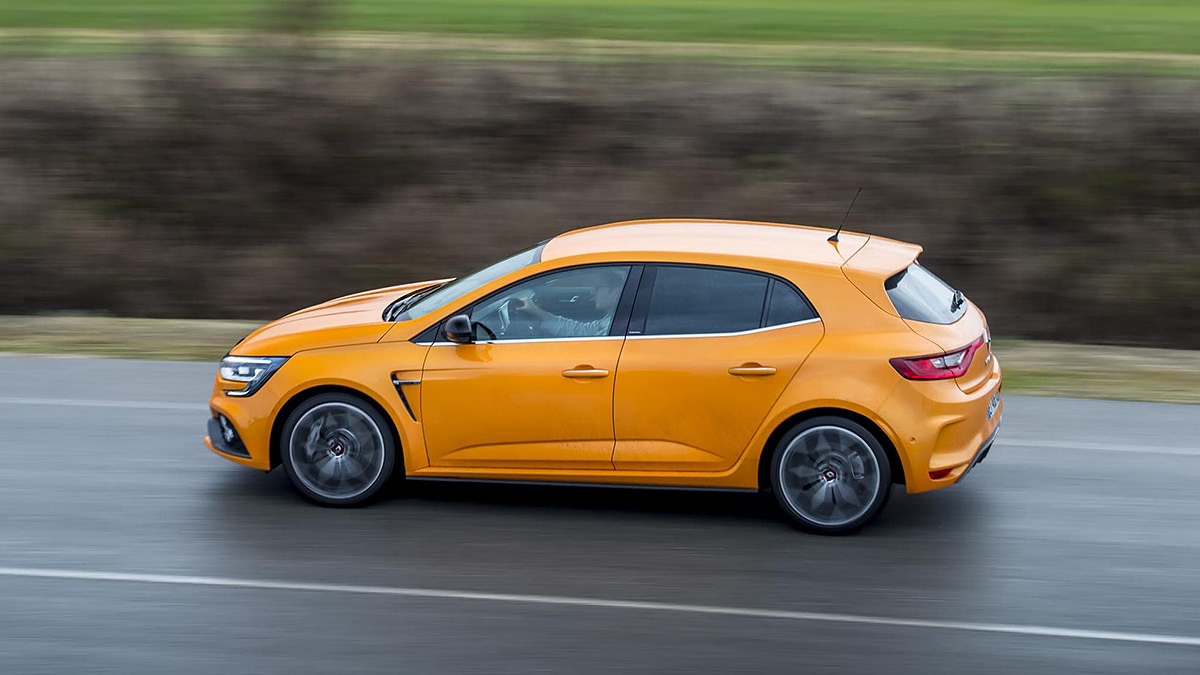
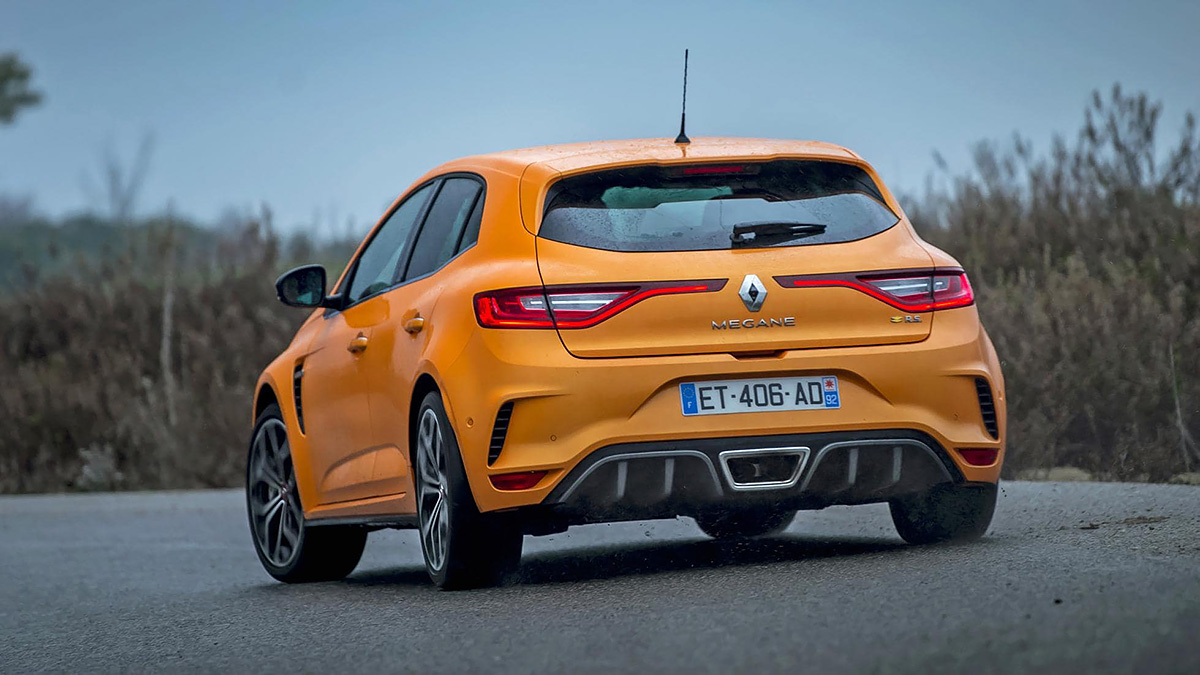
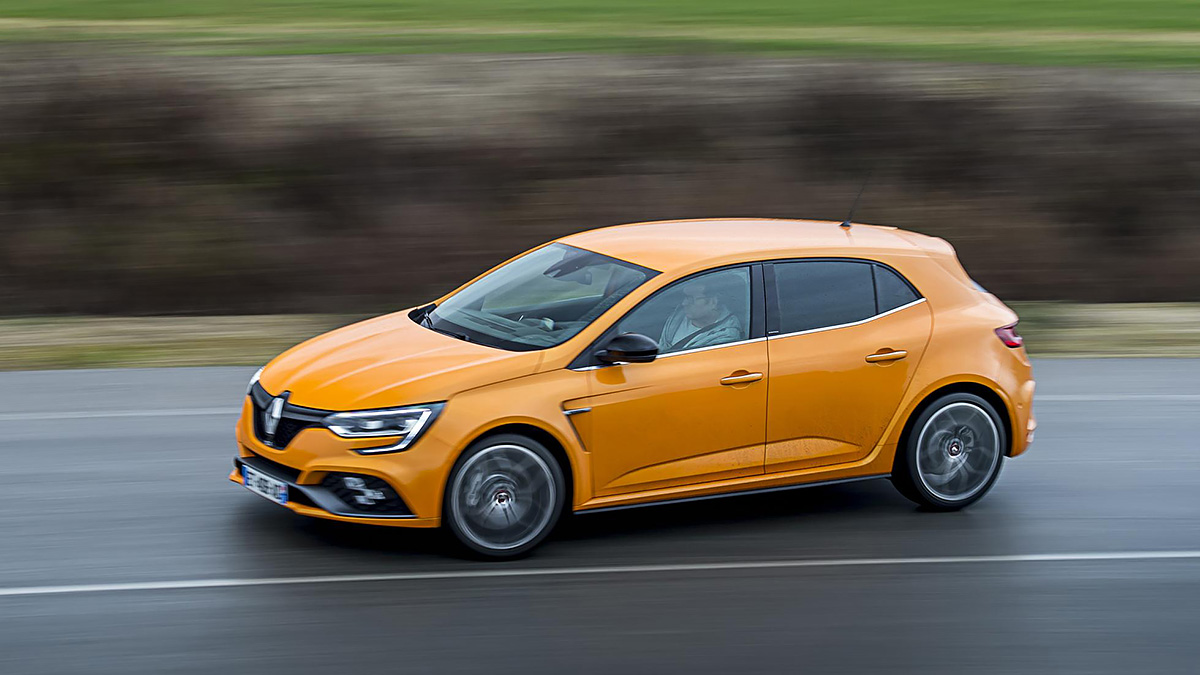
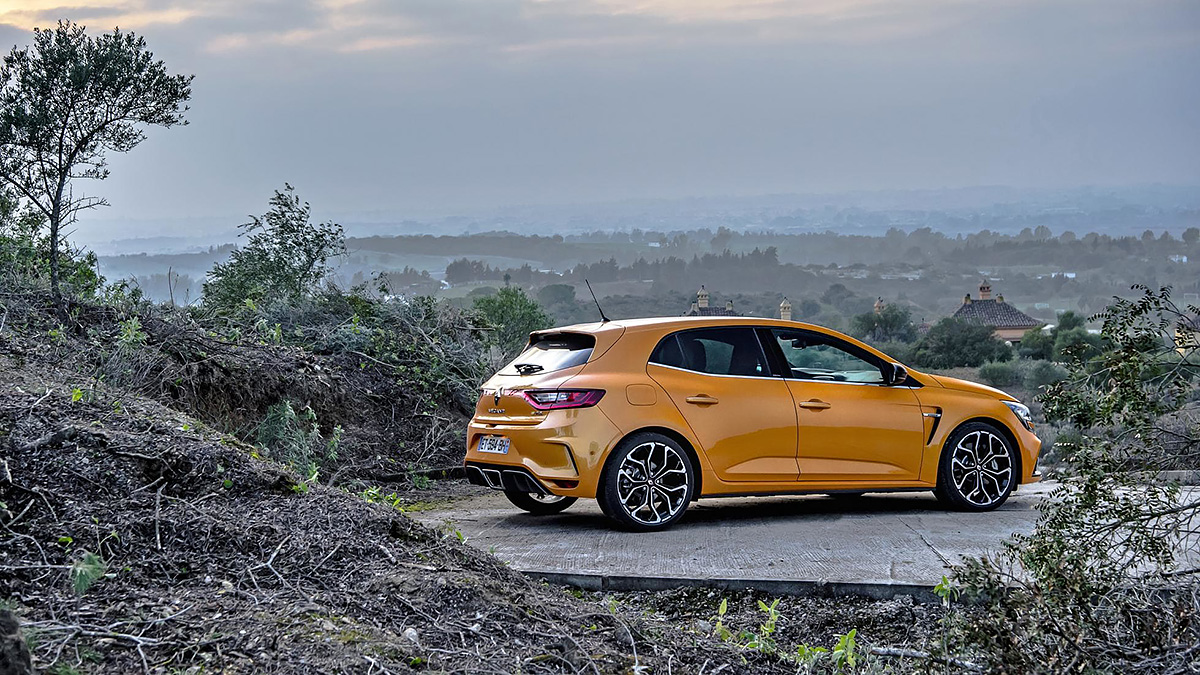
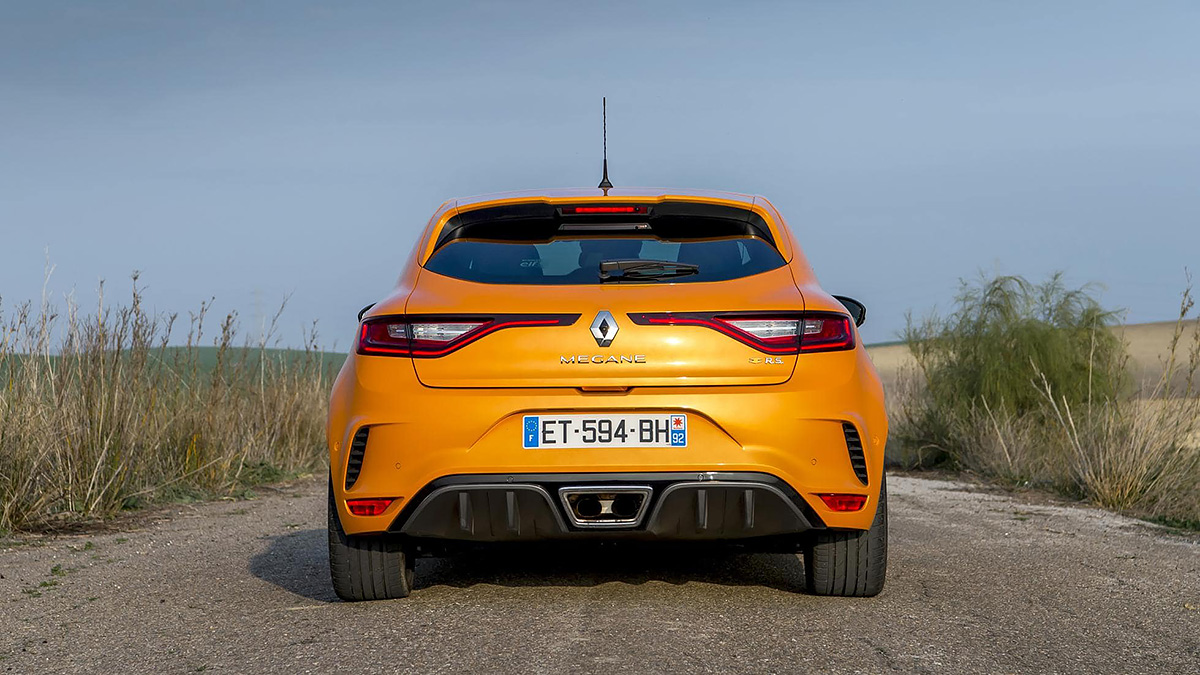
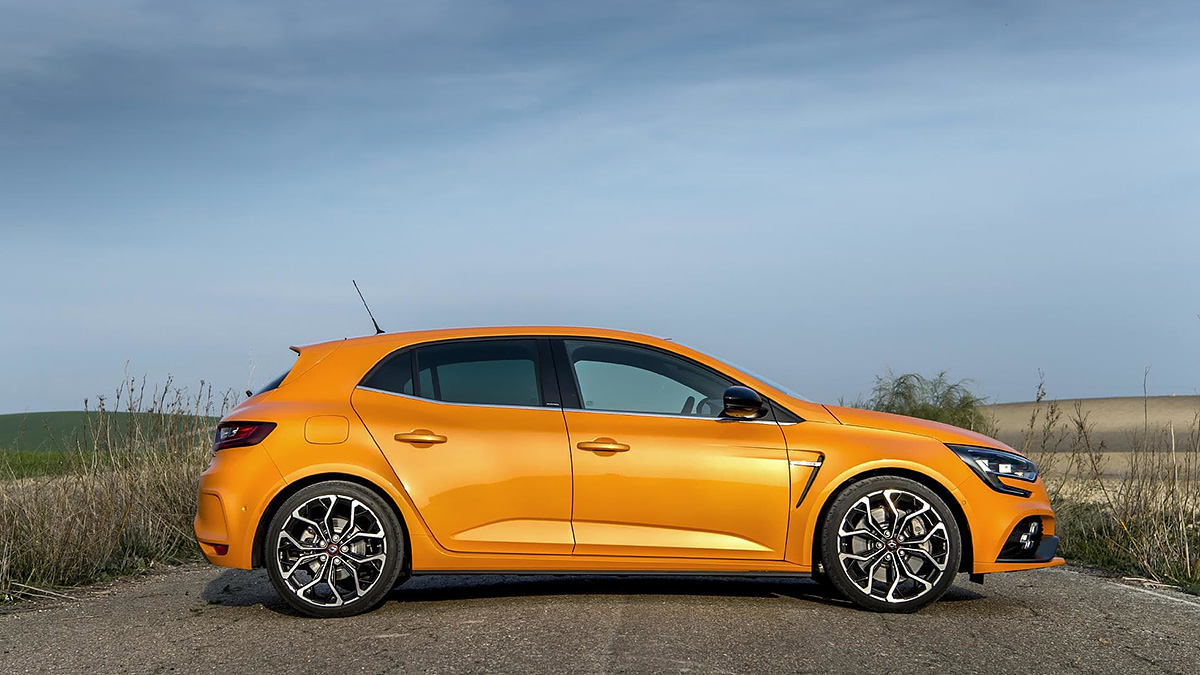
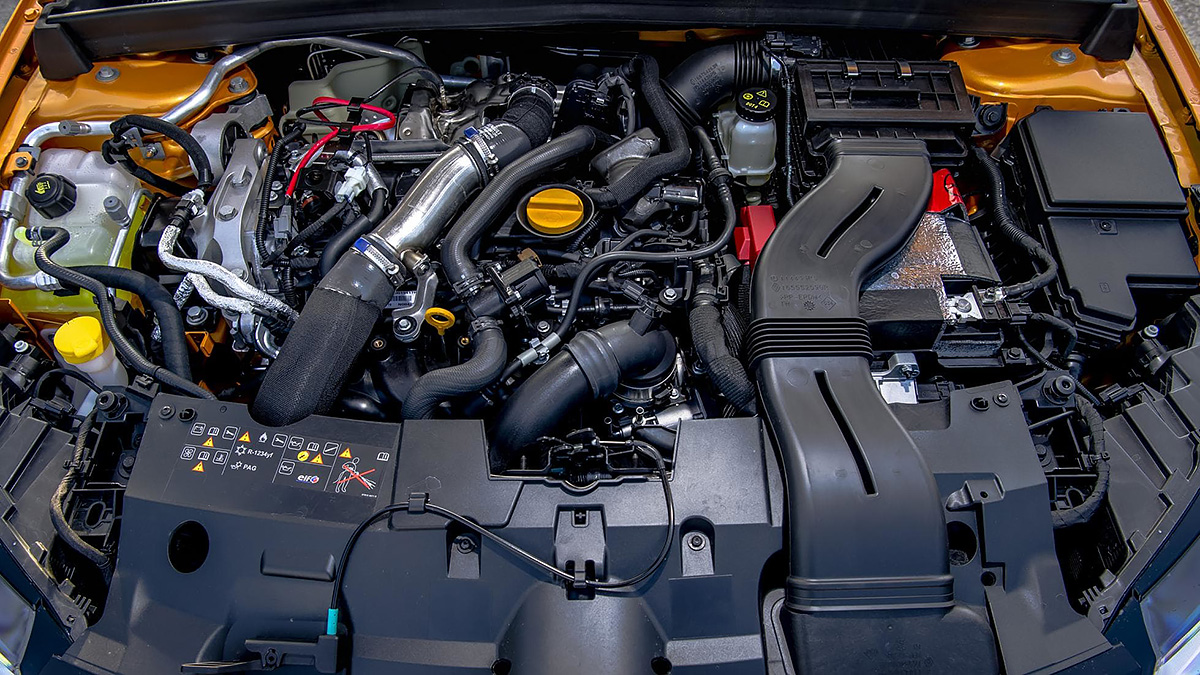
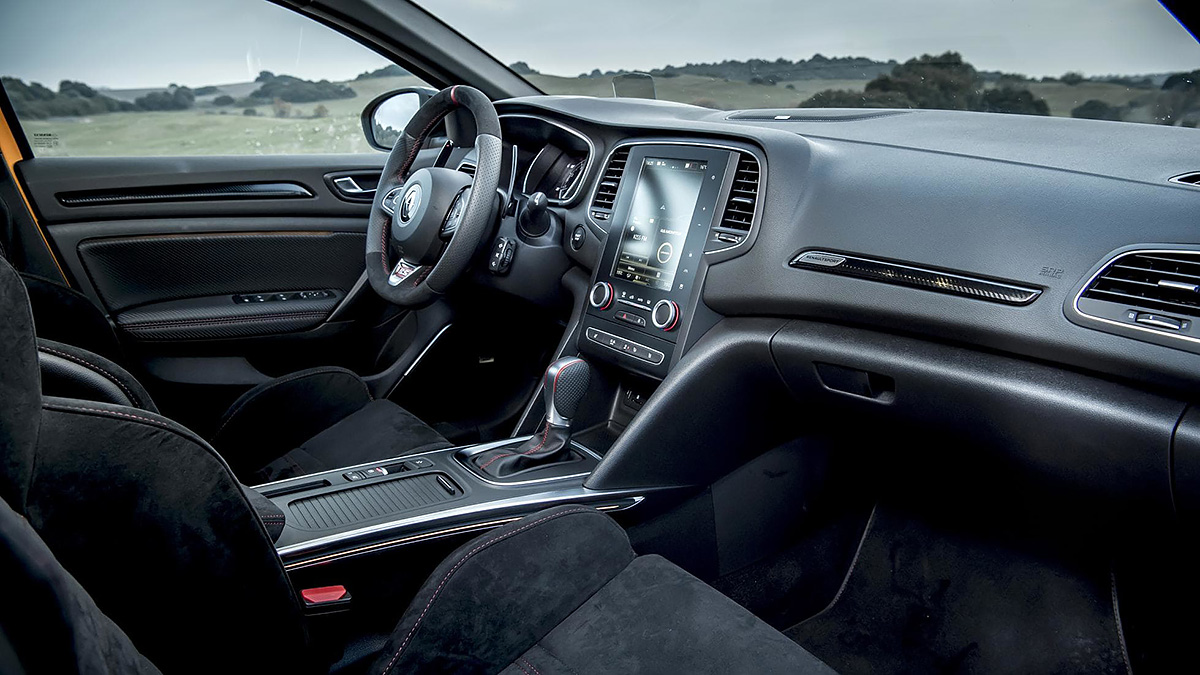
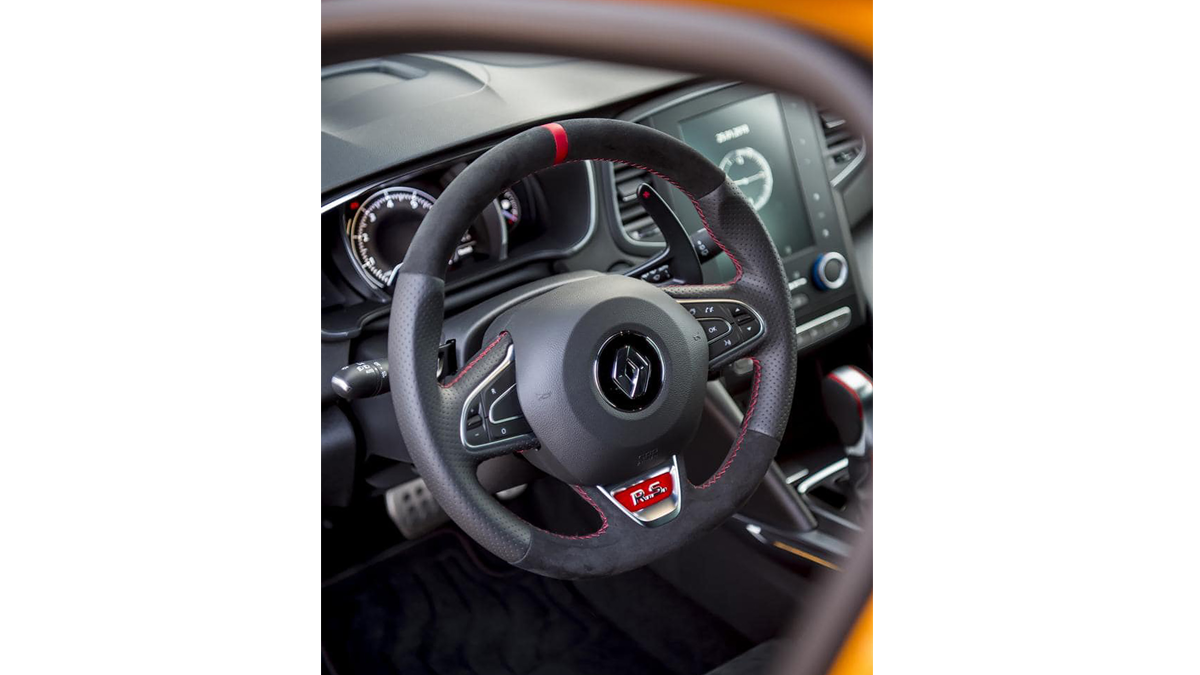
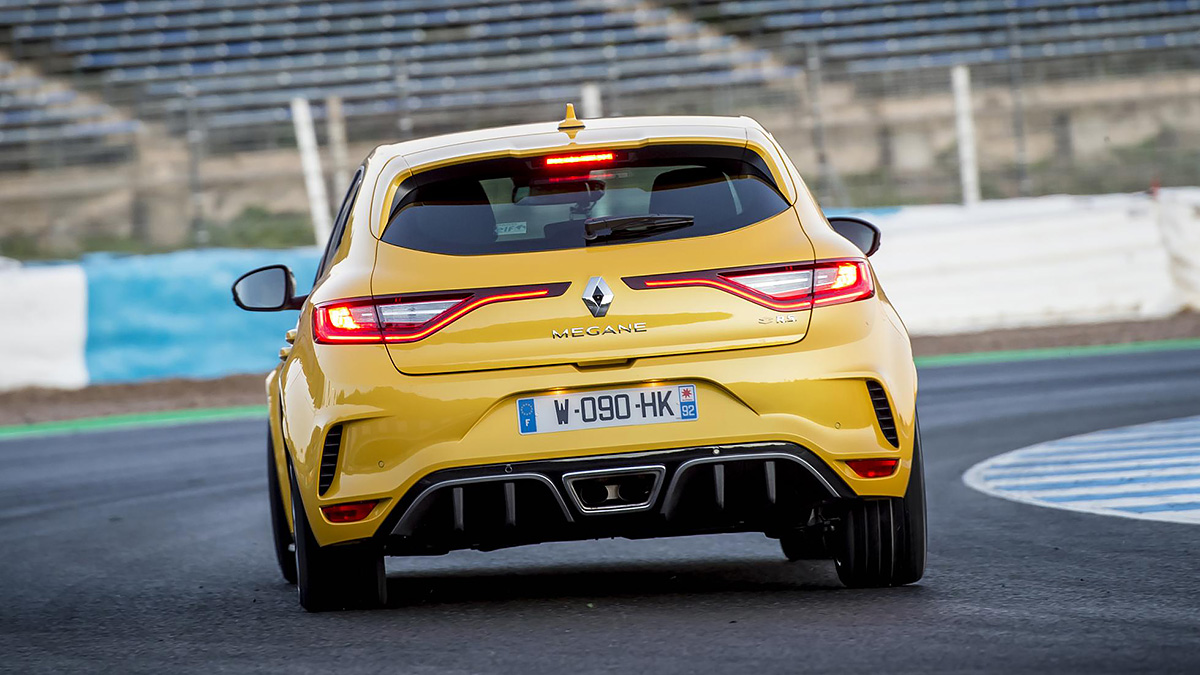
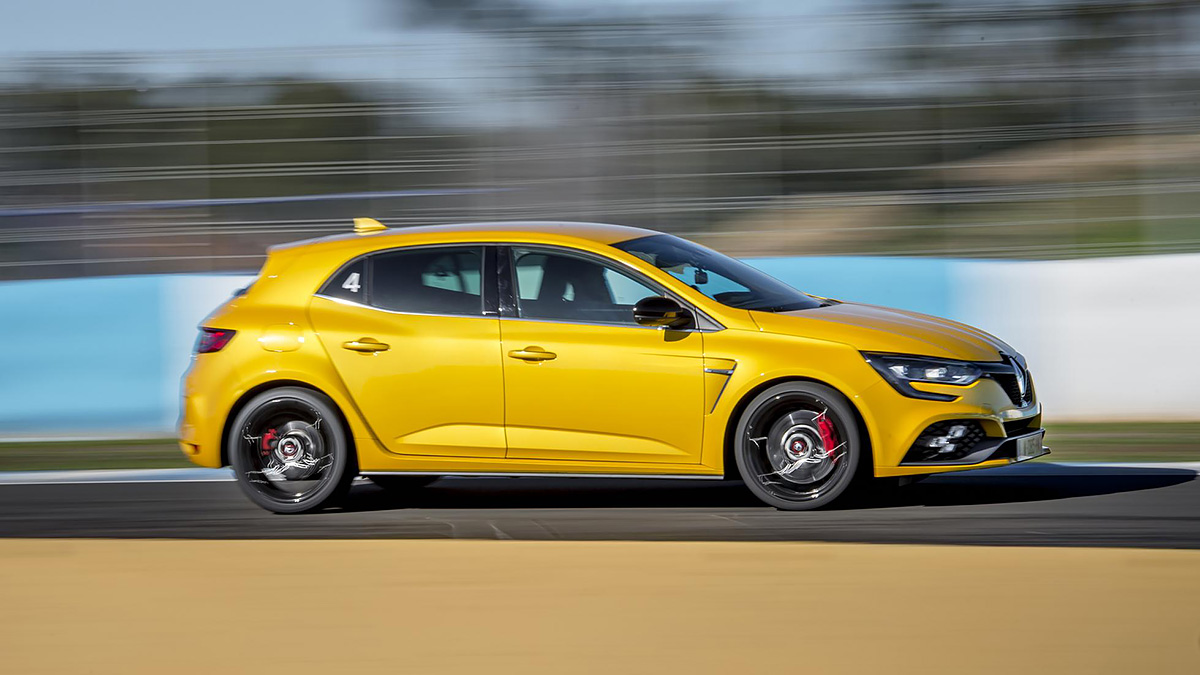
Renault Megane RS
So it corners well. But is 277bhp enough?
Course it is. OK, so the AWD contenders serve up a chunk on top of that, and the Type R manages more grunt and marginally more torque through its front wheels alone to spectacular effect.
But the Renault is right up there at the pointy end when it comes to meaningful real-world pace, while also bringing a not unwelcome degree of maturity to the experience. Our road car was fitted with the EDC six-speed dual-clutch gearbox, used elsewhere in the Renault range but beefed up and given new ratios and a bespoke shift pattern here. It’s not as instant as the Golf GTI’s overly digitised DSG, but it has more texture, if you know what we mean.
Renault’s Multi-Sense software works across Comfort, Normal, Sport and Race to quicken response, pump up the engine noise, and loosen the ESP reins. We can confirm that it’s pleasingly slidey if you decide to go down that particular road, although we’d recommend fiddling about with the settings to bring the noise but keep some of the electronic sentinels on duty.
The Megane RS will cover ground at such a blistering pace most supercars would struggle to shake it free from their rear-view mirrors, riding a thick wodge of mid-range torque rather than wringing it out to the red line. Perhaps the steering could be a little more feelsome and authentic, but we’re splitting hairs. Besides, as Fabien Berthomieu, Ingénieur Synthèse des Performances at RenaultSport, says, ‘steering effort is like taste and colour – it’s a very personal thing.’
The Megane RS will cover ground at such a blistering pace most supercars would struggle to shake it free from their rear-view mirrors.
You said this was complicated; it all sounds enjoyably straightforward.
The confusion arises when you try the Cup car, the one with the Torsen diff, 10 per cent stiffer suspension set-up across the board, and a proper six-speed manual ’box (Renault Sport is still working on integrating the EDC with the Torsen diff – it’ll arrive later in 2018).
This is the one Fabien reckons they’ll sell more of in the UK and Japan, and it’s the one I expected to love around Jerez. Didn’t quite pan out that way, although the track hadn’t fully dried out following a downpour which obviously compressed the margin for error. Subjectively, the Civic Type R has the edge on track, it genuinely feels like it’s hustling the air around its body to tangibly greater confidence-inspiring downforce-y effect.
Its gearbox is more satisfying, too, and while the Megane RS’s Brembos are great in action (355mm diameter upfront), its brakes could use a little more feel. We were on the bigger optional Bridgestone Potenza tyres, by the way: 245/35 R19s.
Anything else I should know?
The Megane is actually made in Spain, and it’s well screwed together. Its front wings are 60mm wider than the Megane GT’s, 45mm chunkier at the rear.
There’s a new air intake in the front bumper, a 3D honeycomb mesh in the grille, air extractors in the front wheel-arches, and the rear end gets a diffuser and central exhaust outlet.
It’s a great looking car, possibly even the prettiest hot hatch of all, and much closer to the Golf GTi end of the sliding scale of hot hatch extroversion than the ‘I-still-live-at-home-with-my-parents’ Civic Type-R. Inside, the RS gets new sports seats with integral headrests, and a choice of carbon grey woven fabric or Alcantara on the seats. Which are excellent.
Renault’s fiddlesome R-link touchscreen is as confounding to use as ever, possibly more so now that it also boasts an RS monitor on top of its previous audio and climate responsibilities. We’re talking telemetry and data acquisition, corralled by 40-plus sensors around the car, and taking in acceleration, braking, yaw, steering angle, and what the 4control system is up to. For youthful narcissists with way too much time on their hands, all this stuff can be uploaded to the RS Replay website. Or you could just go for another drive.
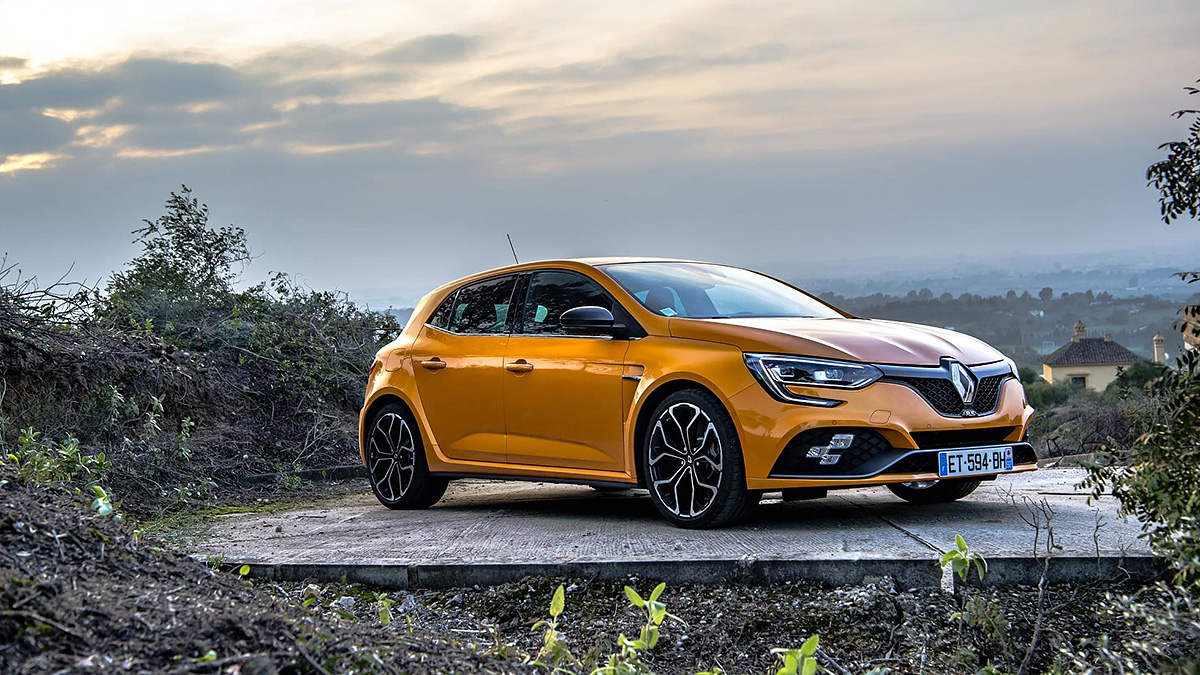
Honda vs Renault, then. Too close to call?
We’ll see. Rarely has a giant group test in north Wales or the Scottish Highlands seemed more exciting – or intriguing. For cars that cleave to such a relatively simple recipe, the latest breed of fast hatches are impressively nuanced machines.
Quite where the Megane RS fits in the hierarchy is impossible to say in isolation, but if it lands in the UK at the sub-£30k threshold Renault is suggesting, it might have the edge. Or it might not. One way or another, it gives the bum’s rush to electric automatons. Enjoy it while it lasts.
- Jason Barlow
